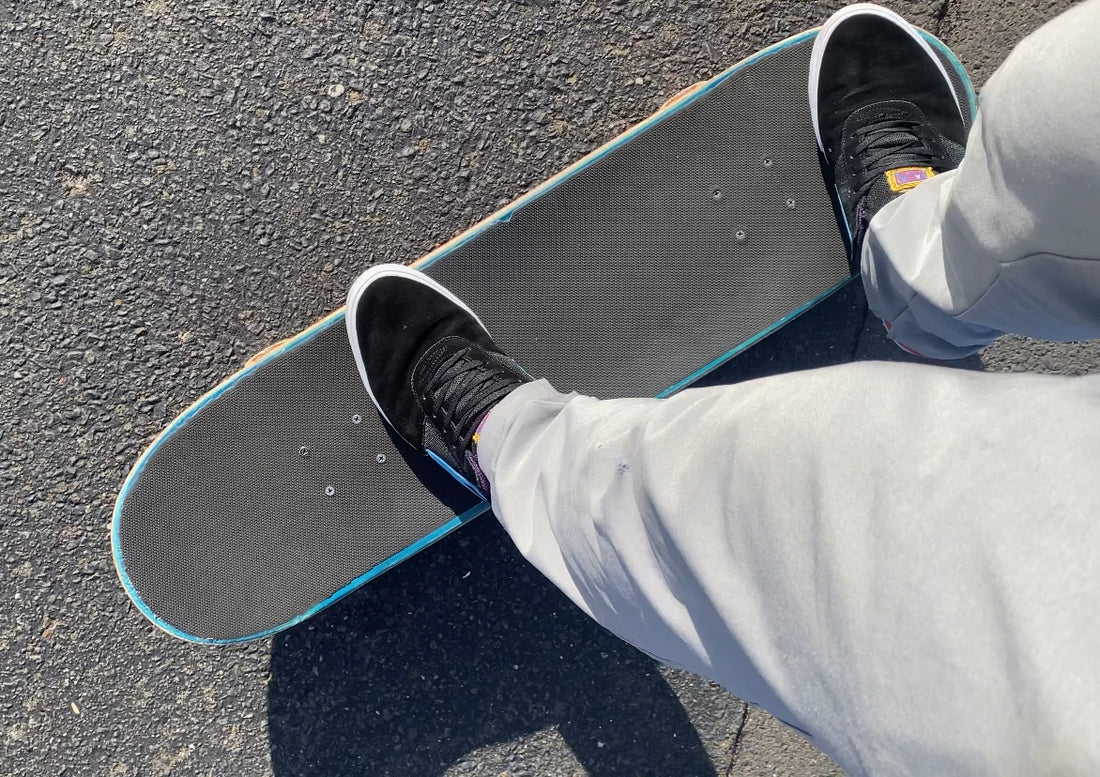How To Skateboard
The first thing you need to do when learning how to skateboard is to determine your stance. There are two main stances in skateboarding: you are either goofy or regular.
A regular footed skateboarder has their left foot placed on the front of the board and their right foot in back, on the tail. Ideally a regular footed skater pushes with their right foot and has the majority of their weight on the left (front) foot when steering. The regular skateboarder pops ollies with their right (back) foot and flicks flip tricks with their left (front) foot.
On the contrary a goofy footed skater has their right foot in front and left foot in back. A goofy footed skater pushes with their left foot and has the majority of their weight on the right (front) foot when steering. The goofy skateboarder pops ollies with their left (back) foot and flicks flip tricks with their right (front) foot.
So are you regular or goofy footed? Think about if you have ever kicked a soccer ball. Which foot is your dominant foot? If you would more likely kick a soccer ball with your right foot, then you are probably best trying the regular stance because the right foot would be the dominant side for the regular skater; with the right foot in the back being both the pushing and popping foot.
It is best to try both stances and see what you are more naturally gifted with. When learning, just always make sure that you push with your back foot, having your front foot on the board right behind or partially over the bolts for stability. When transitioning from pushing to cruising, you can put your back foot on the tail with the majority of your weight on your front foot. You should start getting comfortable pivoting your front ankle from facing forward to facing sideways as you go from pushing to cruising.
Can you skateboard in both stances? Of course. Many skilled skateboarders are fluent in both the regular and goofy stance. All skateboarders have a preferred stance that they are naturally best in and where they practice the majority of tricks, but over time you can become more or less ambidextrous.

